Introduction:
This extensive and in-depth oil and gas welding design, application, and testing methods course focuses on the welding, metallurgy, and corrosion aspects of materials used in offshore oil and gas industries. The curriculum is designed to empower participants with skills to manage welding challenges and degradation issues.
Participants will explore different alloys, their metallurgical properties, construction code design requirements, welding practices, damage mechanisms, and mitigation strategies. The oil and gas welding design, application, and testing methods course discusses material selection, welding complications, corrosion considerations, and achieving optimal results in demanding offshore environments.
Understanding the application of metals in oil and gas infrastructure is vital. This oil and gas welding design, application, and testing methods course segment will examine the diverse metals used, their properties, and their suitability for specific offshore and onshore activities, highlighting the importance of material selection in adverse environmental conditions.
Targeted Groups:
- Welding Personnel.
- Metallurgy Personnel.
- Inspection Personnel.
- Equipment Engineers.
- Maintenance Engineers and Planners.
- Design Engineers.
- Service Company Representatives.
Course Objectives:
By the conclusion of this oil and gas welding design, application, and testing methods course, participants will be adept in:
- Understand the complexities of welding processes and their types.
- Learn about advanced welding repair methodologies.
- Master welding design principles and stress analysis.
- Apply knowledge of metal properties and conduct destructive testing.
Targeted Competencies:
Participants in this oil and gas welding design, application, and testing methods training will develop competencies in:
- Comprehensive knowledge of welding processes and repair methods.
- Proficiency in welding design, stress checks, and tolerances.
- Understand metal properties and how to evaluate them through destructive testing.
- Familiar with various inspection methods tailored to welding.
Welding Testing Types in the Oil and Gas Industry:
In the highly specialized field of oil and gas welding, a range of welding testing types is employed to ensure structural integrity and safety. Participants will delve into the various testing methodologies crucial for maintaining standards in the oil and gas sector, reflecting the industry's dependency on reliable welding practices.
From pipelines to platforms, different types of welding play a pivotal role in the oil and gas industry's construction and maintenance. This oil and gas welding design, application, and testing methods course provides insights into the selection criteria and implementation of appropriate welding techniques tailored to the sector's unique demands.
Course Content:
Unit 1: Welding Processes and Their Types:
- Overview of welding symbols.
- Flux-Cored Arc Welding (FCAW) techniques.
- Stick – Shielded-Metal Arc Welding (SMAW) fundamentals.
- MIG – Gas Metal Arc Welding (GMAW) procedures.
- Innovations in Laser Beam Welding.
- Application of Electron-Beam Welding.
- Advancements in Plasma Arc Welding.
- Traditional practices of Atomic Hydrogen Welding.
- Identify welding indications and their implications.
- Interpretation of Welding procedures and specifications.
Unit 2: Welding Repair Methods:
- Strategies for cutting and removing failed components.
- Prepare new joints/parts for integration.
- Execution of welding operations and subsequent cleanup.
- An in-depth look at different welding inspection types.
Unit 3: Welding Design and Stress Checks:
- Investigations into weld joint design geometry.
- Recommendations for dimensioning and prep work tailored to welding processes.
- Discussions on acceptable tolerances for weld sizes.
- Insight into mechanized and robotic fabrication.
- Emphasis on setting realistic joint tolerances in welding designs.
- Apply welding design in the creation of resilient sheet metal parts.
Unit 4: Metal Properties and Destructive Testing:
- Execution and interpretation of the Tensile test.
- Processes for intensive Corrosion testing.
- Specialized Aggressive environment testing techniques.
- Methods for Fracture and mechanical property evaluation.
- Standard measurement of Yield Strength.
- Tensile Strength.
- Examine Elongation.
- Reduction of Area.
Unit 5: Inspection Methods for Welding:
- Mastery of Visual inspection techniques.
- Proficient use of Radiographic (or X-ray) testing.
- Implement Ultrasonic inspection methods.
- Practical application of Magnetic Particle investigation.
- Deploy of Liquid Penetrant testing methods.


